Get Healthy Utah held its Annual Event this September at the Viridian Event Center in West Jordan. This year’s theme was “Fueling Healthy Communities,” with a focus on access to healthy food. Leaders from various sectors attended to learn more about their common goal: to improve the health of Utah communities.
Get Healthy Utah Highlights
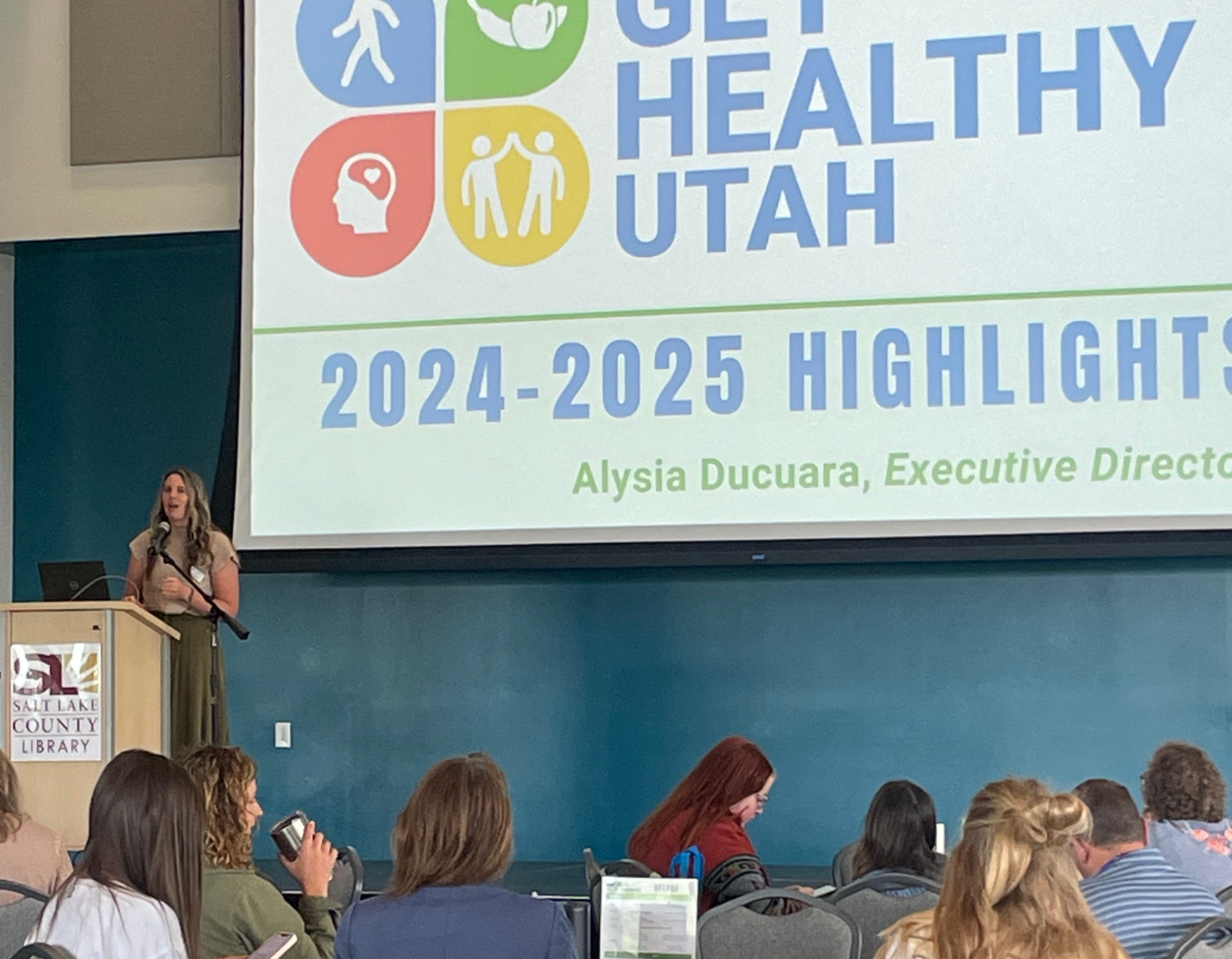 Alysia Ducuara, Executive Director, presented on Get Healthy Utah’s successes during the 2024–25 fiscal year. This year, Get Healthy Utah unveiled a new mission statement: Making Utah a healthier place to live. To achieve that mission, Get Healthy Utah has now designated over sixty Healthy Utah Communities. Get Healthy Utah spearheaded active living demonstration projects in three communities, with the Active People, Healthy Utah partner group. Alysia wrapped up her presentation by addressing the theme of the conference, Fueling Healthy Communities. Healthy food access is about making sure that everyone can eat nutrient-dense food and has always been a key part of Get Healthy Utah’s mission. All sectors play a role in improving healthy food access.
Alysia Ducuara, Executive Director, presented on Get Healthy Utah’s successes during the 2024–25 fiscal year. This year, Get Healthy Utah unveiled a new mission statement: Making Utah a healthier place to live. To achieve that mission, Get Healthy Utah has now designated over sixty Healthy Utah Communities. Get Healthy Utah spearheaded active living demonstration projects in three communities, with the Active People, Healthy Utah partner group. Alysia wrapped up her presentation by addressing the theme of the conference, Fueling Healthy Communities. Healthy food access is about making sure that everyone can eat nutrient-dense food and has always been a key part of Get Healthy Utah’s mission. All sectors play a role in improving healthy food access.
Keynote: Fueling a Resilient Mind & Body, Catherine Van Tassell
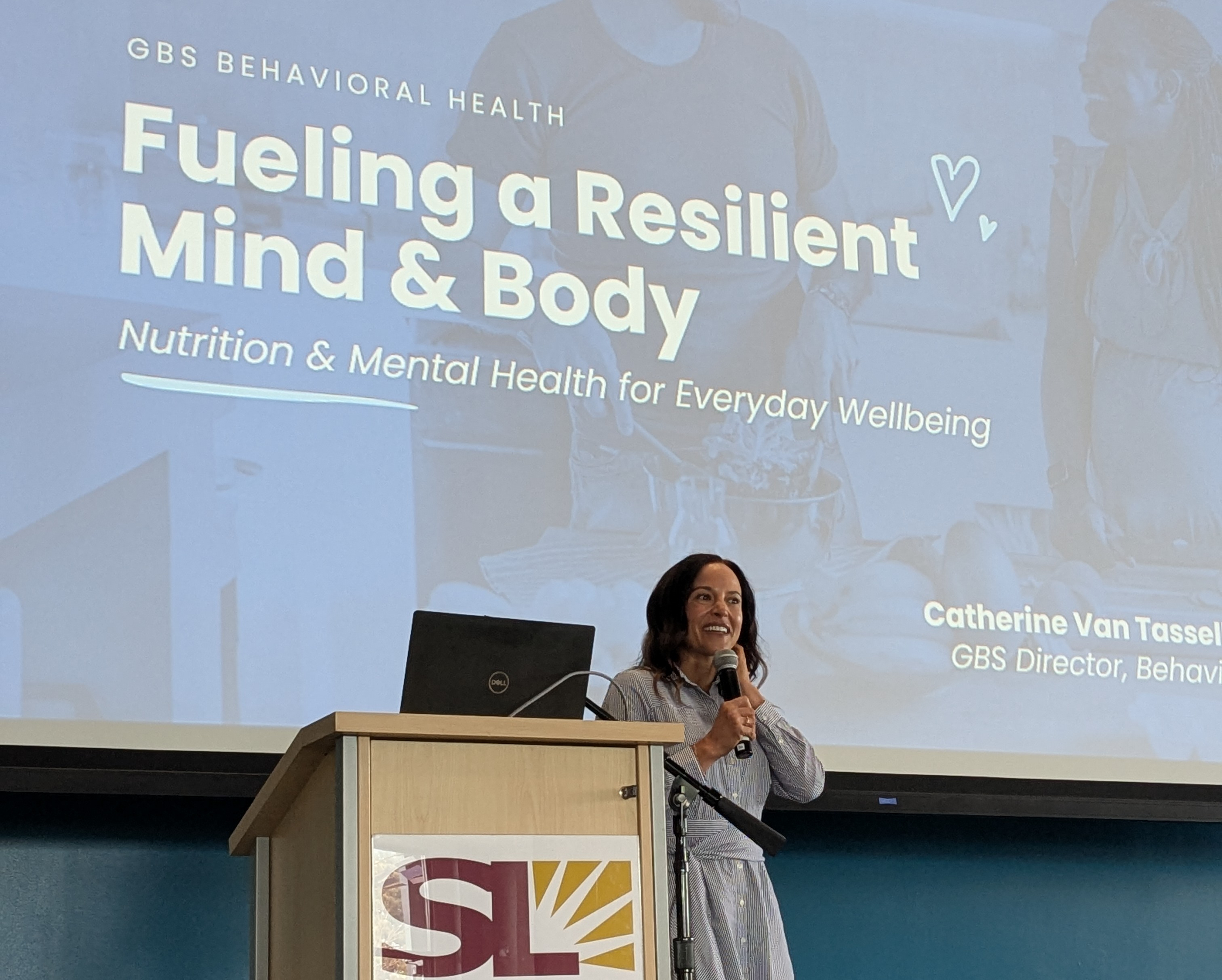
Catherine Van Tassell, of GBS Benefits, spoke on “Fueling a Resilient Mind & Body: Nutrition & Mental Health for Everyday Wellbeing.” She discussed how nutrition and diet are inextricably linked to mental health. For businesses and other stakeholders (as well as individuals) interested in addressing mental health, nutrition should be top of mind. Nutritional psychiatrists, for example, counsel patients on how better eating may be another tool in helping to ease depression and anxiety and may lead to better mental health. Catherine closed with some practical tips about how to eat more whole, fresh foods.
Morning Breakout Sessions
Fueling Food Through Community Planning
Sara Patterson, Red Acre Farms; Morgan Hadden, Get Healthy Utah; Anne Dunaway, Marriott-Slaterville
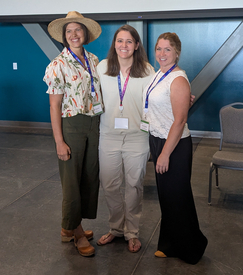 This breakout session focused on how the way that communities are set up, zoned, and planned affects how residents have access to fresh, healthy food. Sara Patterson, of Red Acre Farm, talked about how she built a two-acre community-supported agriculture farm. Now, that farm provides healthy, whole foods for local families weekly throughout the year. Morgan Hadden, of Get Healthy Utah, talked about planning strategies to improve access to healthy food. One strategy that Get Healthy Utah is planning to pilot over the next year is a healthy food access walking audit, which provides on-the-ground insights about barriers to healthy food. Finally, Anne Dunaway talked about the work she has done as a small urban farmer to partner with her local government.
This breakout session focused on how the way that communities are set up, zoned, and planned affects how residents have access to fresh, healthy food. Sara Patterson, of Red Acre Farm, talked about how she built a two-acre community-supported agriculture farm. Now, that farm provides healthy, whole foods for local families weekly throughout the year. Morgan Hadden, of Get Healthy Utah, talked about planning strategies to improve access to healthy food. One strategy that Get Healthy Utah is planning to pilot over the next year is a healthy food access walking audit, which provides on-the-ground insights about barriers to healthy food. Finally, Anne Dunaway talked about the work she has done as a small urban farmer to partner with her local government.
Fueling Healthy Aging
Nels Holmgren, DHHS; Darren Hotton, AARP Utah; Paul Leggett, Salt Lake County
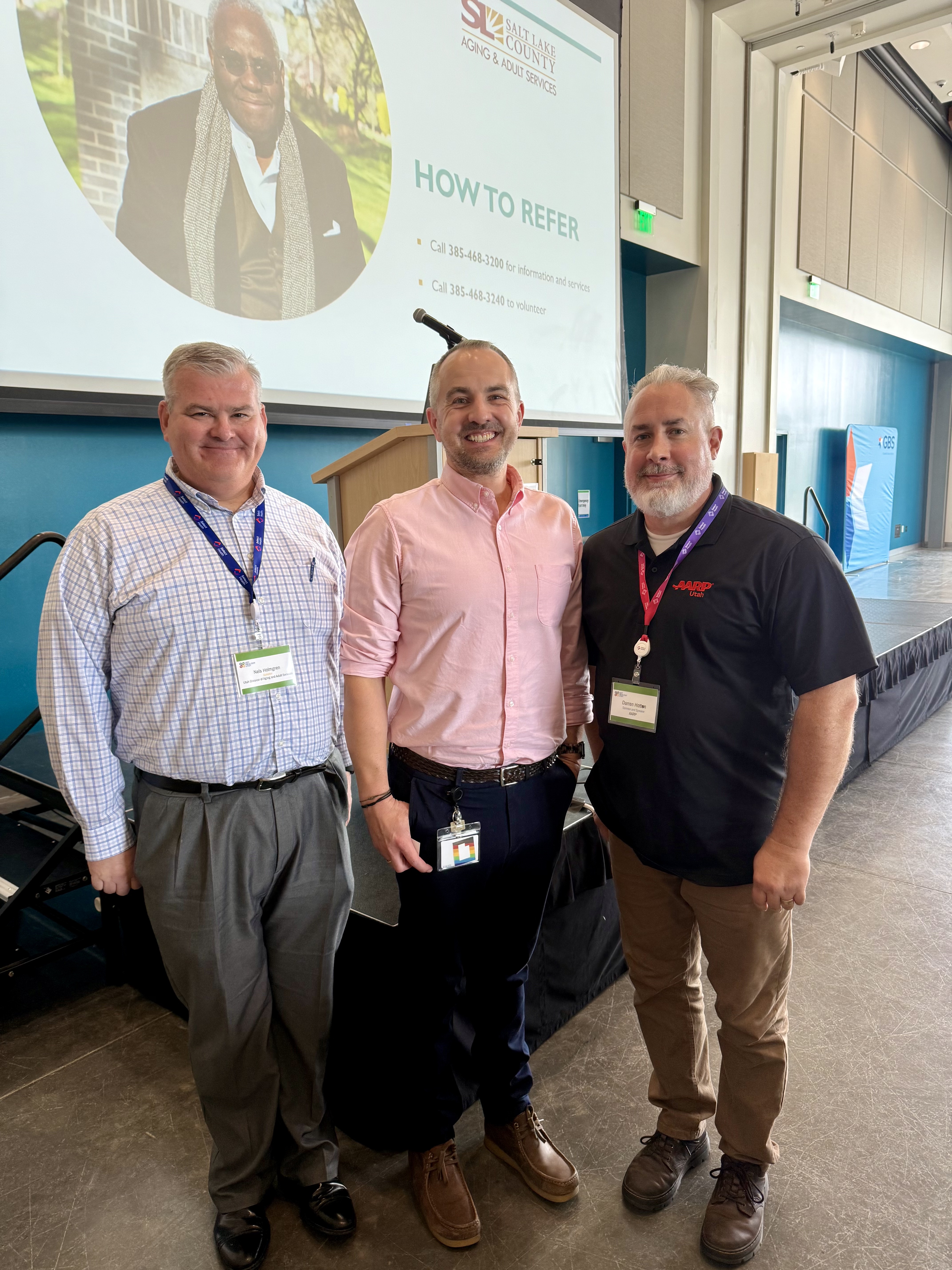 With Utah’s aging population rapidly growing, we need to build communities that support everyone to live a healthy lifestyle. Nels Holmgren from the Utah Department of Health and Human Services talked about the new statewide aging plan known as the WISE initiative and includes four pillars of aging well. Darren Hotton of AARP Utah discussed their Network of Age-Friendly States and Communities, a program that empowers communities to support the elderly. Paul Legget, Division Director of Salt Lake County Aging & Adult Services, discussed how the largest county in Utah works with their partners to support healthy aging, highlighting the importance of senior nutrition.
With Utah’s aging population rapidly growing, we need to build communities that support everyone to live a healthy lifestyle. Nels Holmgren from the Utah Department of Health and Human Services talked about the new statewide aging plan known as the WISE initiative and includes four pillars of aging well. Darren Hotton of AARP Utah discussed their Network of Age-Friendly States and Communities, a program that empowers communities to support the elderly. Paul Legget, Division Director of Salt Lake County Aging & Adult Services, discussed how the largest county in Utah works with their partners to support healthy aging, highlighting the importance of senior nutrition.
 Afternoon Breakout Sessions
Afternoon Breakout Sessions
Fueling Health Through Movement
McKell Christensen, URPA; Emily Fisher, Youth Sports Alliance; Caroline Weiler, Every Kid Outdoors
In the afternoon, this breakout session discussed how nutrition and healthy food access fuel physical activity and recreation. McKell Christensen of the Utah Recreation and Parks Association discussed their initiatives to encourage healthy snacking in youth sports and education about fueling play. Emily Fisher from the Youth Sports Alliance talked about how her organization is working to make sports accessible to all youth. Finally, Caroline Weiler shared about the Every Kid Outdoors Adventure Challenge, which connects families, communities, and schools with opportunities to get outside and active.
Fueling Communities Through Local Food
Mayor Julie Fullmer, Vineyard; Maria Schwarz, Salt Lake City; Cara Murray, USU Extension
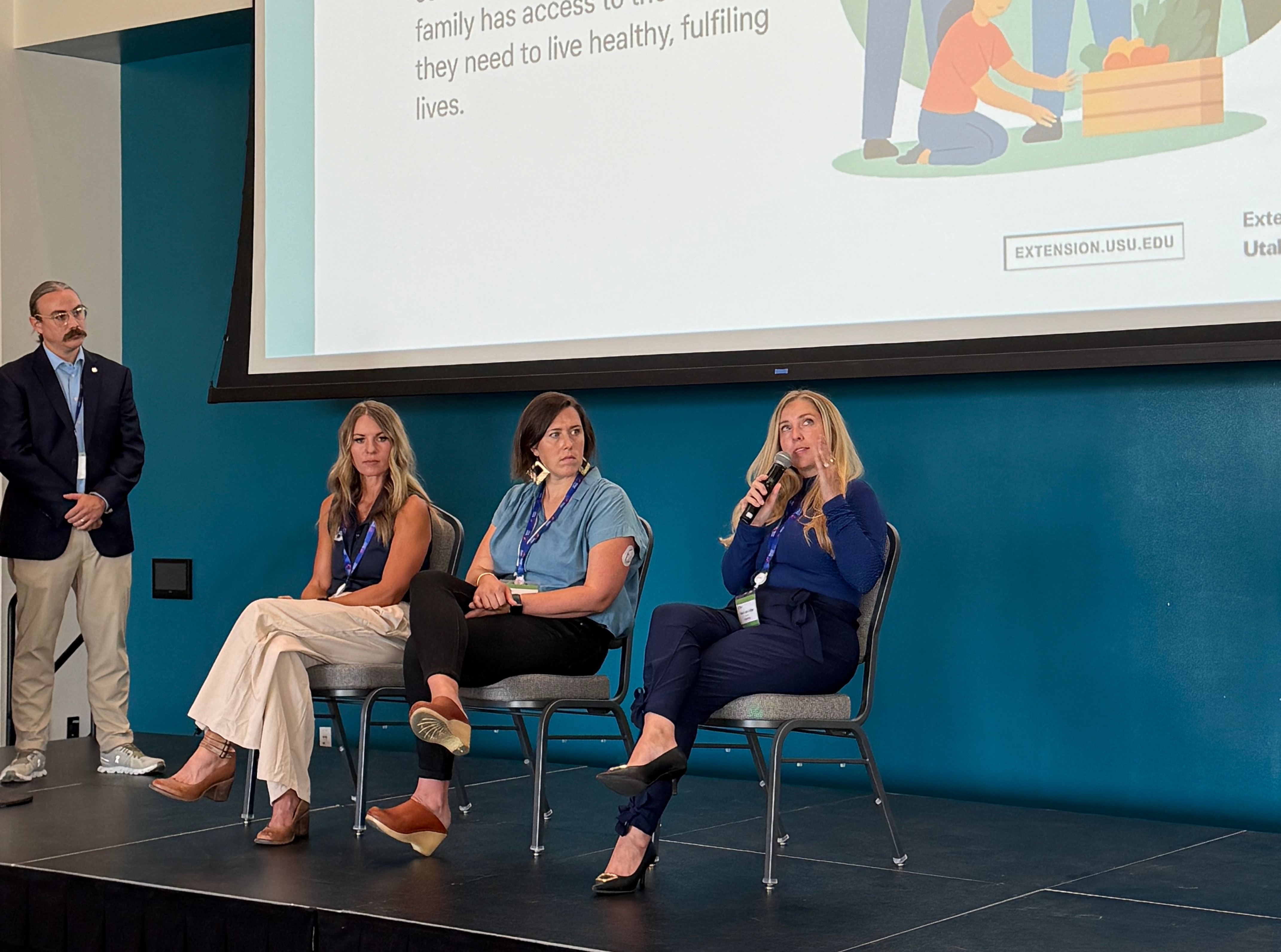 The other breakout session in the afternoon focused on how cities and towns can improve access to local, healthy foods. Mayor Julie Fullmer from Vineyard talked about how her city has worked on several policy efforts to improve local food access, from community gardens and seed exchanges to attracting a new grocery store. Maria Schwarz discussed her work in the Salt Lake City Sustainability Department to develop, support, and sustain a thriving local food system, including their microgrant program. Finally, Cara Murray shared how USU Extension has been working in rural Utah communities to implement food access solutions.
The other breakout session in the afternoon focused on how cities and towns can improve access to local, healthy foods. Mayor Julie Fullmer from Vineyard talked about how her city has worked on several policy efforts to improve local food access, from community gardens and seed exchanges to attracting a new grocery store. Maria Schwarz discussed her work in the Salt Lake City Sustainability Department to develop, support, and sustain a thriving local food system, including their microgrant program. Finally, Cara Murray shared how USU Extension has been working in rural Utah communities to implement food access solutions.
Closing Keynote Panel: Fueling Change on a System Level
Caroline Hargraves, UDAF; Jeanette Padilla, Food Justice Coalition; Shannon Jones, University of Utah
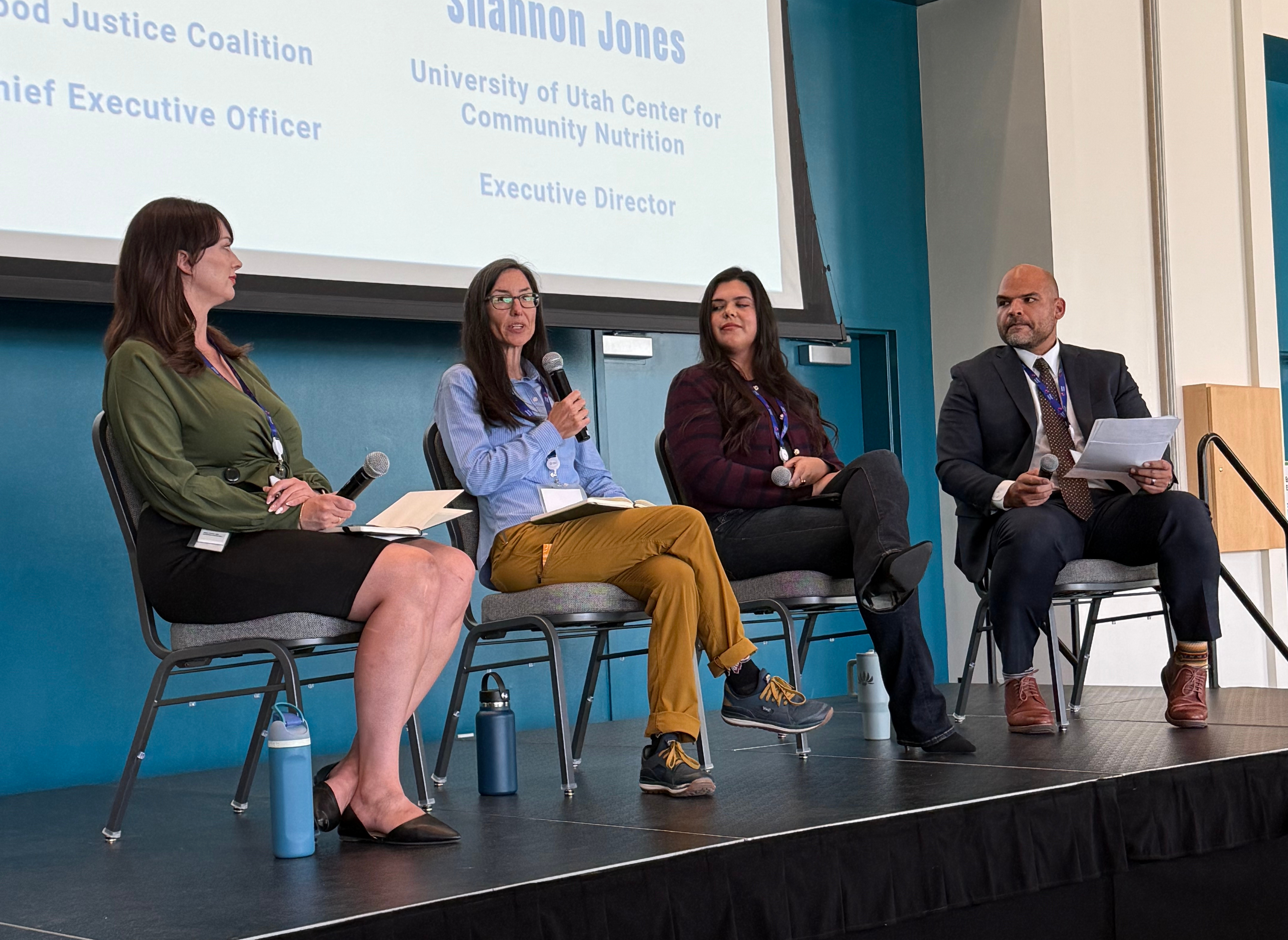 Our closing keynote panel wrapped up the day by talking about the system-level changes and challenges that Utah faces. Caroline Hargraves from the Utah Department of Agriculture talked about how farmers and other agricultural workers are crucial in a healthy food system, and shared ways that her department is working to support healthy food access. Jeanette Padilla, founder of the Food Justice Coalition, shared a little of her personal experience with food insecurity, and talked about how policy changes can make healthy food inaccessible to those already struggling. Finally, Shannon Jones, from the University of Utah, discussed how system-level changes can improve outcomes for everyone.
Our closing keynote panel wrapped up the day by talking about the system-level changes and challenges that Utah faces. Caroline Hargraves from the Utah Department of Agriculture talked about how farmers and other agricultural workers are crucial in a healthy food system, and shared ways that her department is working to support healthy food access. Jeanette Padilla, founder of the Food Justice Coalition, shared a little of her personal experience with food insecurity, and talked about how policy changes can make healthy food inaccessible to those already struggling. Finally, Shannon Jones, from the University of Utah, discussed how system-level changes can improve outcomes for everyone.
Sponsors and Exhibitors
A big thank you to all our sponsors and exhibitors who made this Annual Event possible! We appreciate those who spoke and tabled at our event, providing healthy snacks and great resources. We're proud to partner with organizations who share our mission of making Utah a healthier place to live.

To view the presentation slide decks, other resources, and more, visit linktr.ee/gethealthyutah2025.
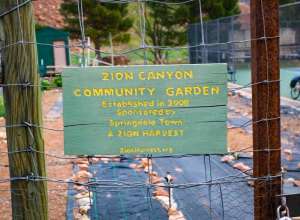
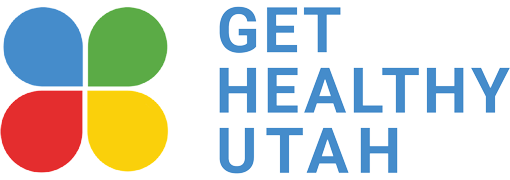
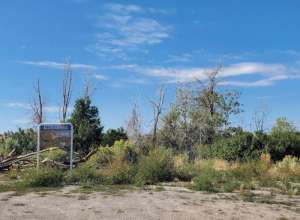
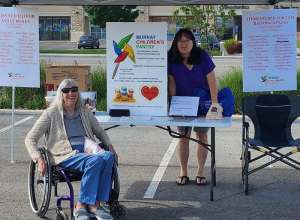
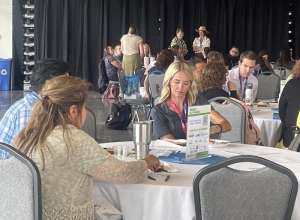
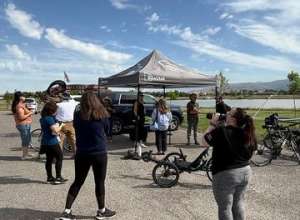

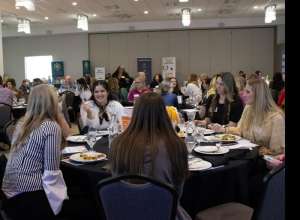
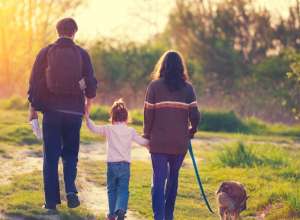
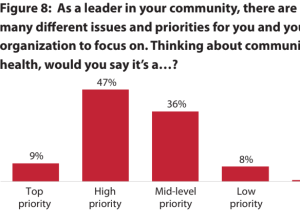
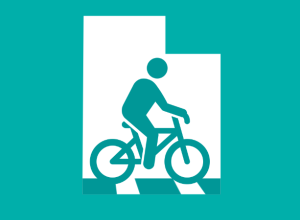
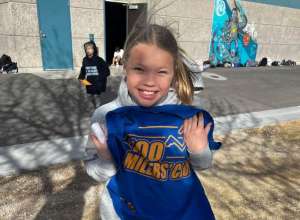
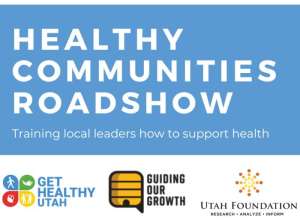
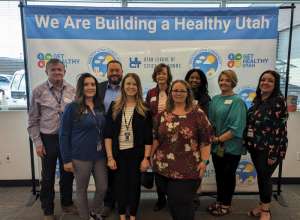
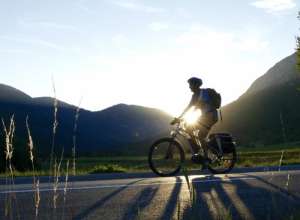
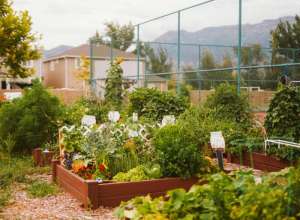
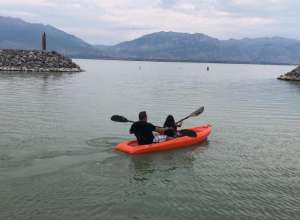
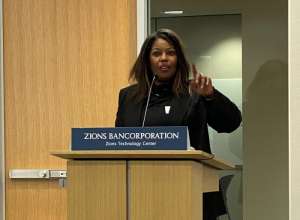
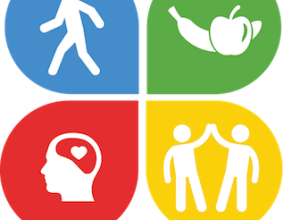
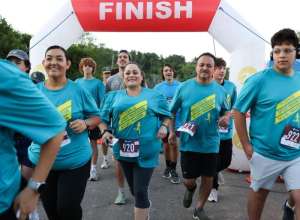
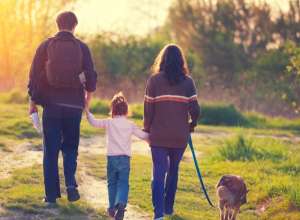
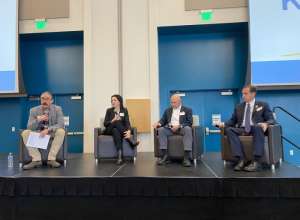
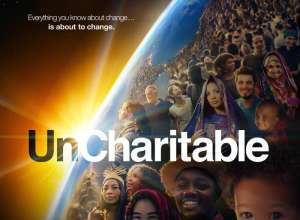
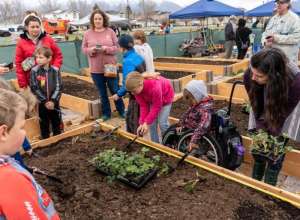
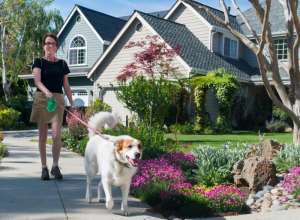

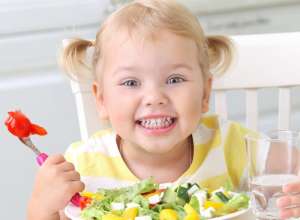
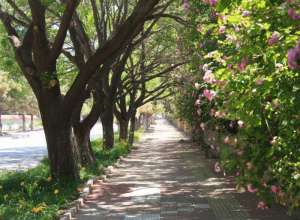
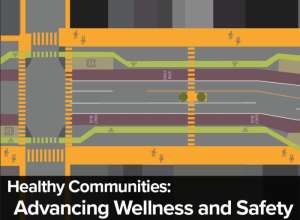
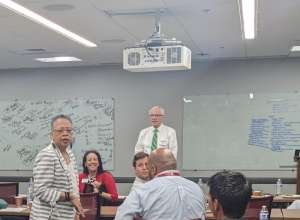
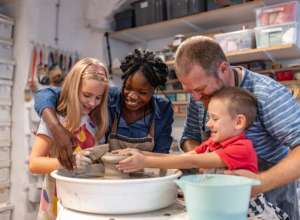
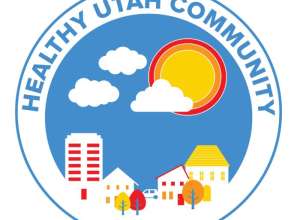
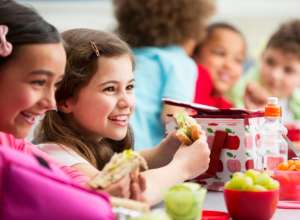
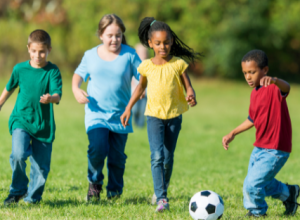
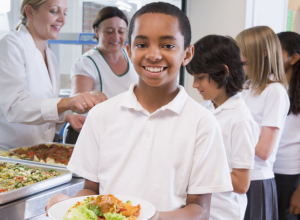
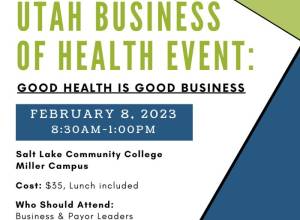
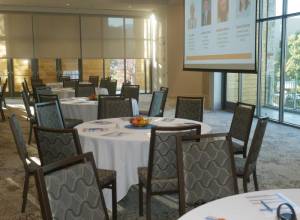
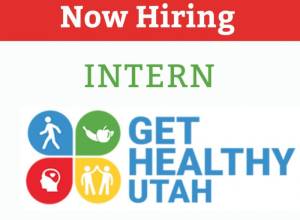
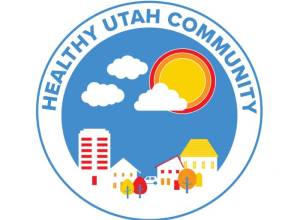
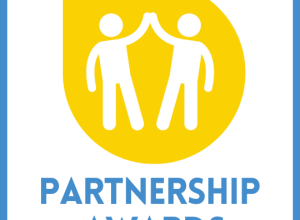
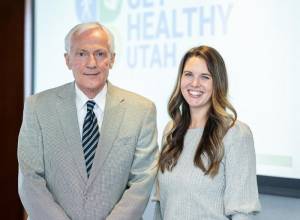
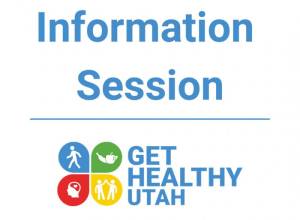

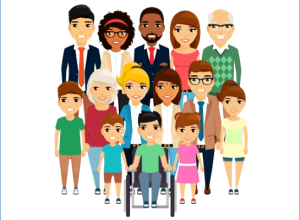
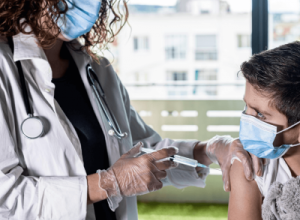
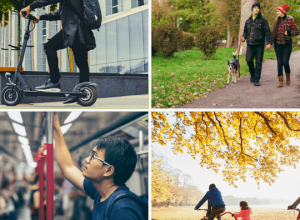
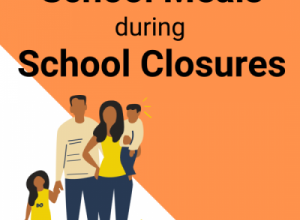

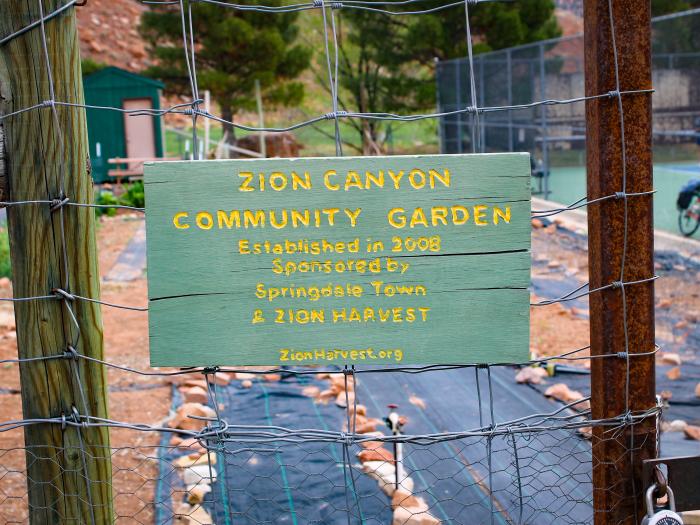
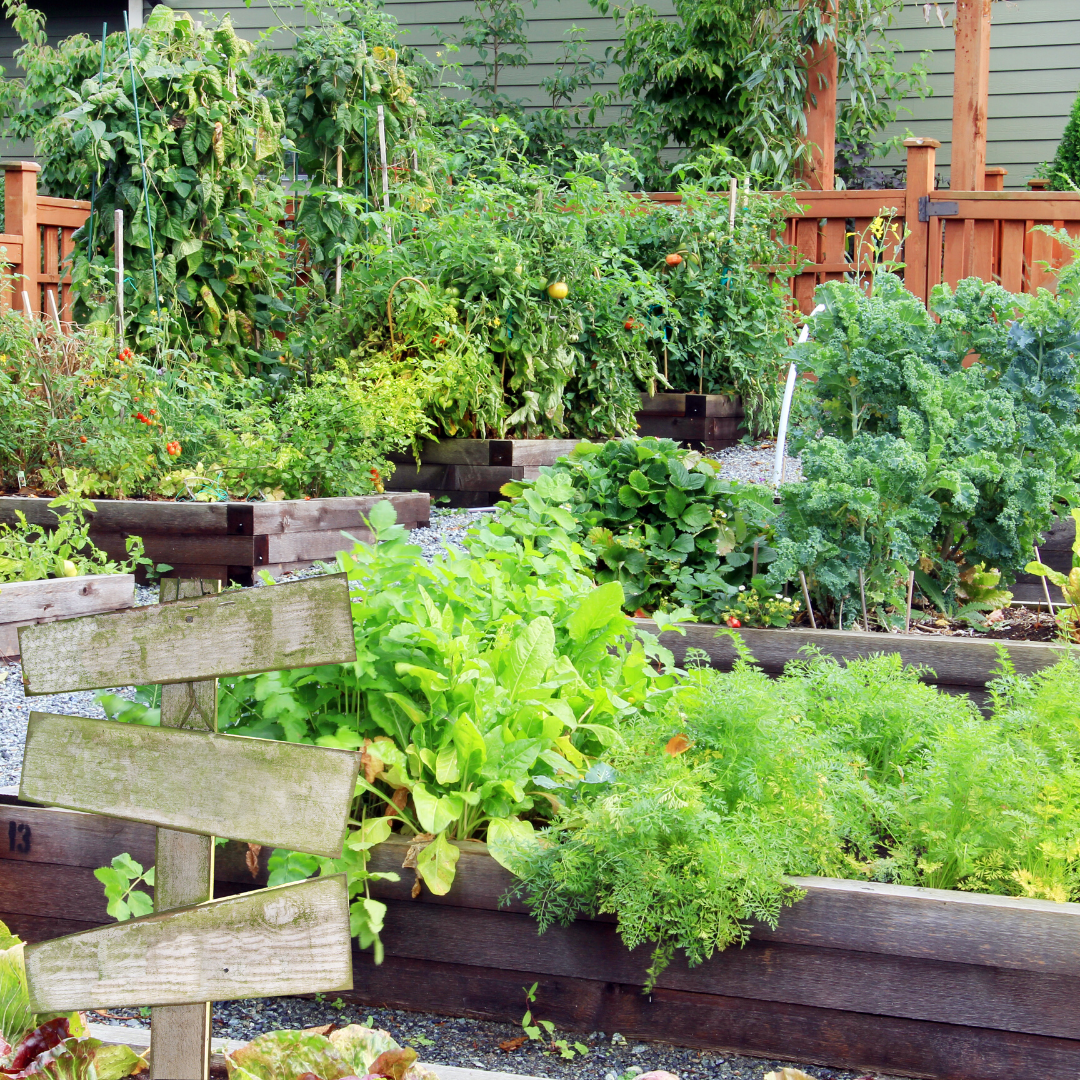
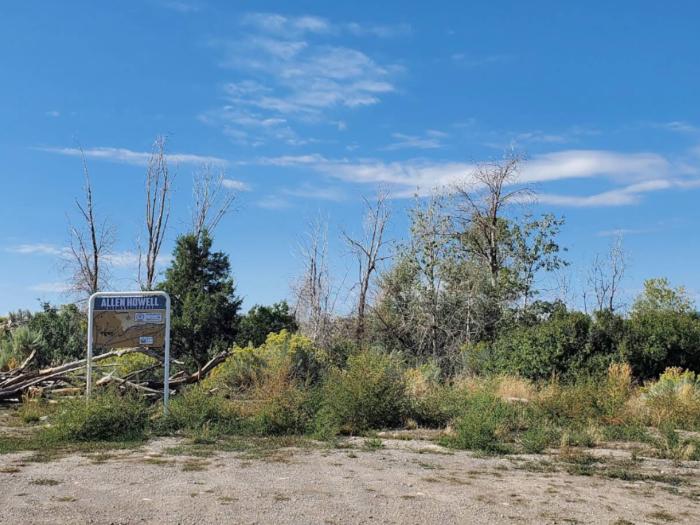

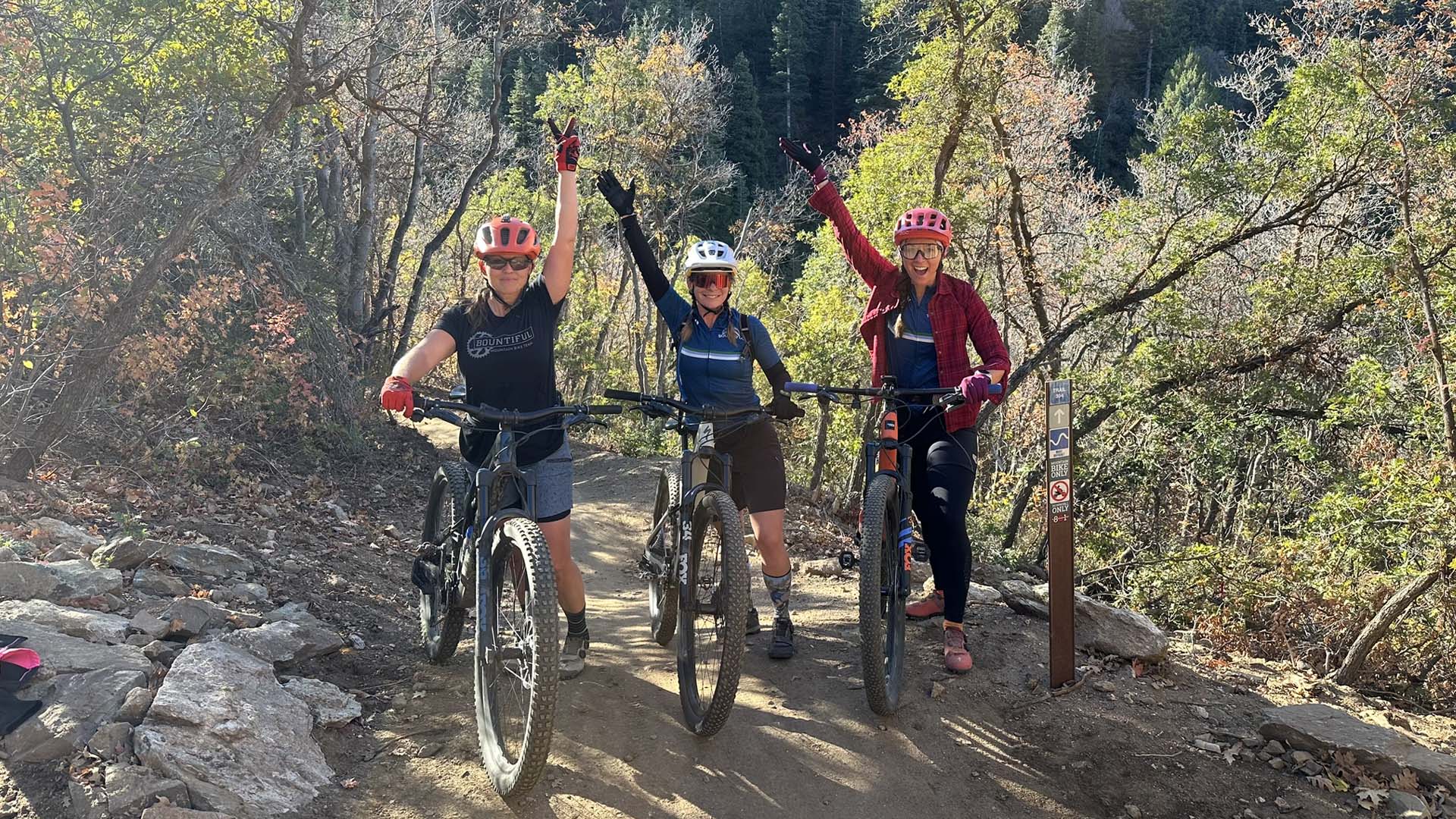
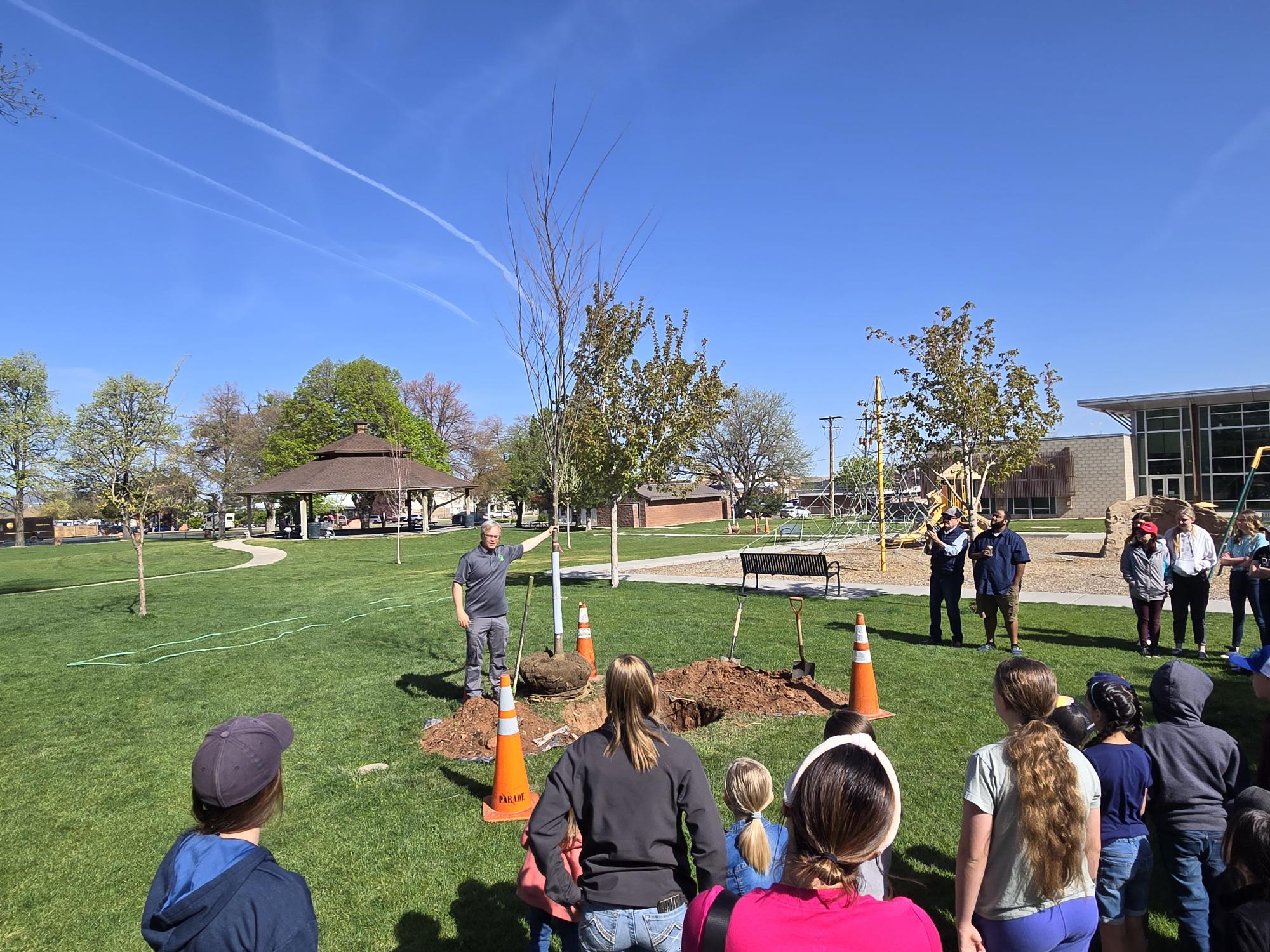
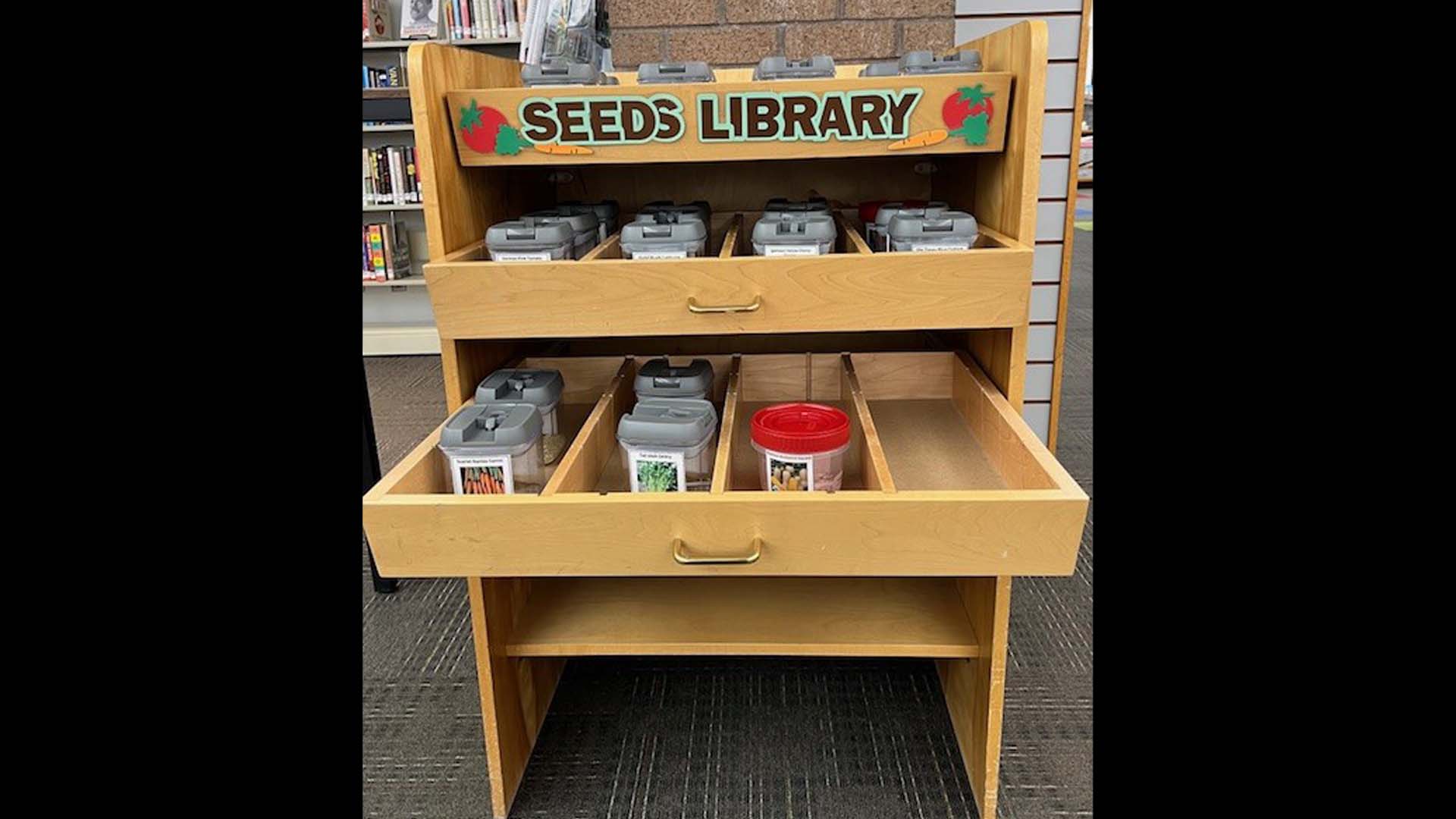
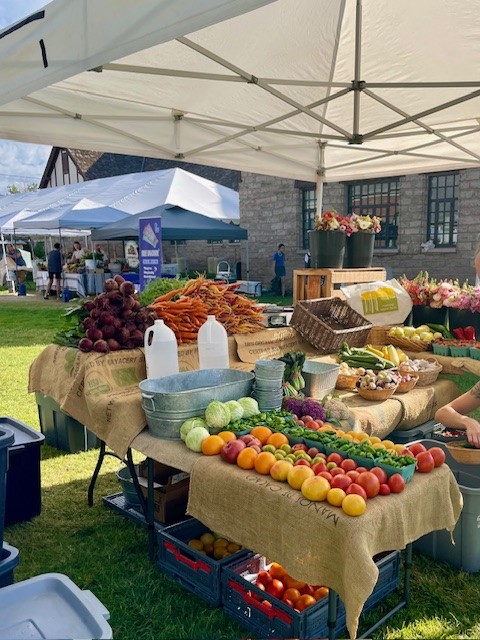
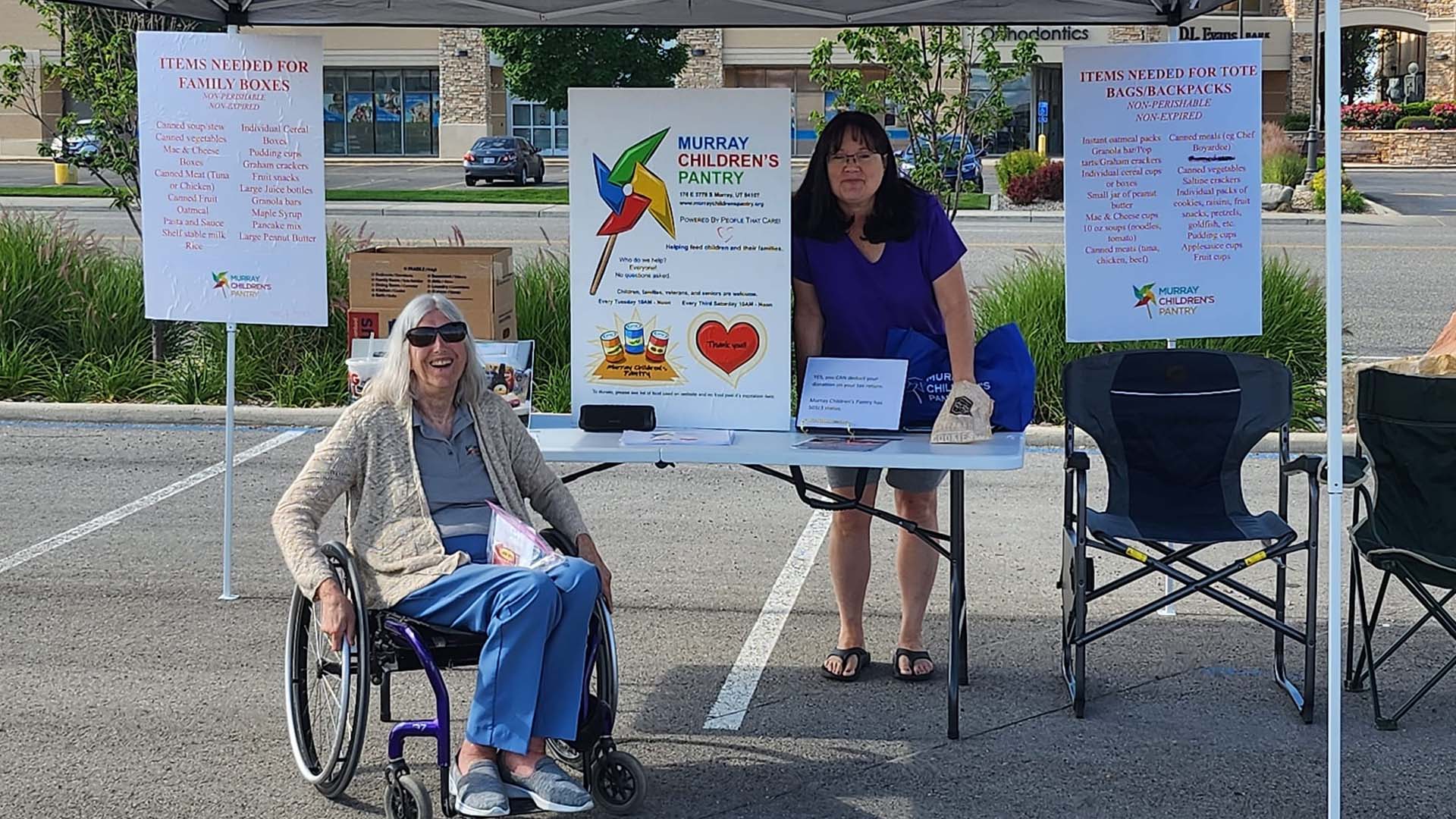
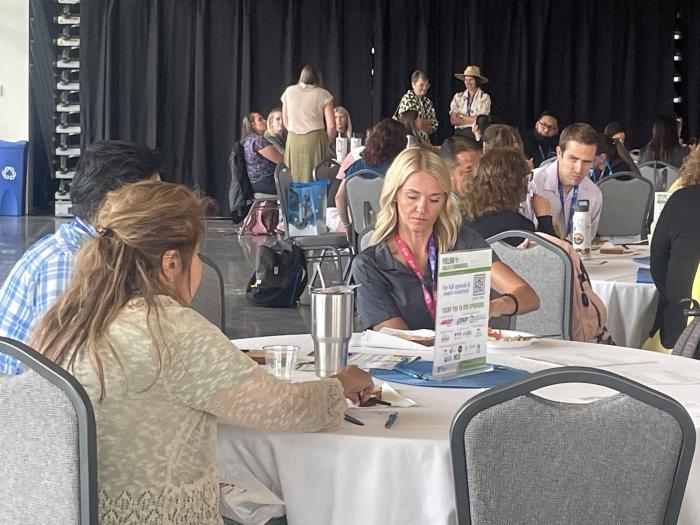
 Alysia Ducuara, Executive Director, presented on
Alysia Ducuara, Executive Director, presented on 
 This breakout session focused on how the way that communities are set up, zoned, and planned affects how residents have access to fresh, healthy food. Sara Patterson, of
This breakout session focused on how the way that communities are set up, zoned, and planned affects how residents have access to fresh, healthy food. Sara Patterson, of  With Utah’s aging population rapidly growing, we need to build communities that support everyone to live a healthy lifestyle. Nels Holmgren from the Utah Department of Health and Human Services talked about the new statewide aging plan known as the
With Utah’s aging population rapidly growing, we need to build communities that support everyone to live a healthy lifestyle. Nels Holmgren from the Utah Department of Health and Human Services talked about the new statewide aging plan known as the  Afternoon Breakout Sessions
Afternoon Breakout Sessions The other breakout session in the afternoon focused on how cities and towns can improve access to local, healthy foods. Mayor Julie Fullmer from Vineyard talked about how her city has worked on several policy efforts to improve local food access, from community gardens and seed exchanges to attracting a new grocery store. Maria Schwarz discussed her work in the Salt Lake City Sustainability Department to develop, support, and sustain a thriving local food system, including their
The other breakout session in the afternoon focused on how cities and towns can improve access to local, healthy foods. Mayor Julie Fullmer from Vineyard talked about how her city has worked on several policy efforts to improve local food access, from community gardens and seed exchanges to attracting a new grocery store. Maria Schwarz discussed her work in the Salt Lake City Sustainability Department to develop, support, and sustain a thriving local food system, including their  Our closing keynote panel wrapped up the day by talking about the system-level changes and challenges that Utah faces. Caroline Hargraves from the Utah Department of Agriculture talked about how farmers and other agricultural workers are crucial in a healthy food system, and shared ways that her department is working to support healthy food access. Jeanette Padilla, founder of the
Our closing keynote panel wrapped up the day by talking about the system-level changes and challenges that Utah faces. Caroline Hargraves from the Utah Department of Agriculture talked about how farmers and other agricultural workers are crucial in a healthy food system, and shared ways that her department is working to support healthy food access. Jeanette Padilla, founder of the 